The backward pawn is an element of the game of chess that’s critical, but often misunderstood or overlooked. Let’s dive in and show you a quick way to up your game by avoiding this Achilles’ heel.
Why Are Backward Pawns Bad?
Backward pawns are bad because they’re weakly defended, limit your moves, and turn into easy targets for your opponent’s attacks. They can weaken both your offensive and defensive strategies.
So what is a backward pawn? From my 99 Common Chess Terms You Should Know article:
- Backward Pawn: A backward pawn is a lonely pawn with no fellow pawns to protect it from behind. It’s typically on an open file and can be a big target for attacks.
It’s essentially a pawn that’s fallen behind on a file with no fellow pawns on the adjacent files to support its advance. This doesn’t mean it’s on a pawn island, it just means it doesn’t have support from behind and as it advances it’s almost sure to be captured.
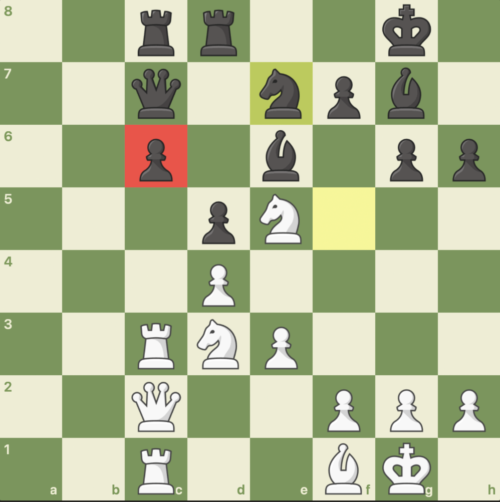
This can happen often as you go through exchanges in openings and middlegame transitions.
A backward pawn is so important because pawn structures are essentially the foundation of your battlefield. They shape everything on both offense and defense, and when you pawn structure has a weak link, any opponent will expose that opening.
The Strategic Disadvantages of Backward Pawns
Loss of control: One of the main issues with backward pawns is that they no longer help to control the center. Without control over these critical squares, you’re giving free rein to your opponent to occupy them and gain an advantage.
Lack of offensive mobility: Having a backward pawn can also limit the mobility of your major pieces. If you’re worried the whole game about protecting this weak pawn, you’ll miss opportunities to develop your stronger pieces effectively. This might mean holding back a knight or a bishop that otherwise could be way more damage elsewhere on the board.
Weak squares: By its very nature, a backward pawn is hard to defend because it can’t be supported by other pawns. This leads to what’s known as a ‘hole’ or a ‘weak square’ in your position. Opponents often target these weak squares, and placing one of their pieces there can be an annoying thorn in your side.
Stuck in the mud: Backward pawns are tough to move forward and nearly impossible to trade off favorably. The more you push, the more likely you are to open up weak spots that your opponent can exploit. I’ve been there many times trying to get my pawns back and realigned, wasting so much time while my opponent advances. It’s frustrating!
Unintentional blockade: Here’s another setback: your backward pawn can act as an unintentional blockade. Trust me when I say they will consistently get in the way of both your offense and defense. When you have even a single sluggish pawn, your offensive and defensive lines get muddled and it’s hard to recover from.
Backwards Pawns in Gameplay
Let’s take a look at a few examples of backwards pawns in actual gameplay and how they hinder your game. At first glance, a beginner might not spot the weakness on the board, but the more you play the more you realize you can gain a quick advantage by simply recognizing these opportunities.
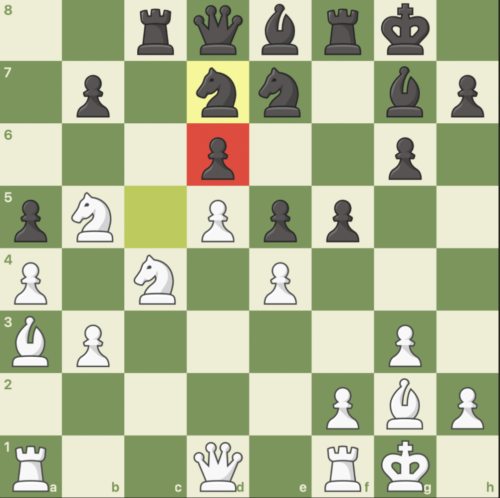
Do you see how important pawn structure is now? Just having that simple support of a fellow pawn can make a massive difference.
When you can spot a backwards pawn you can take advantage of the square directly ahead of it. This can be a nice little outpost for some of your stronger pieces, especially a knight.
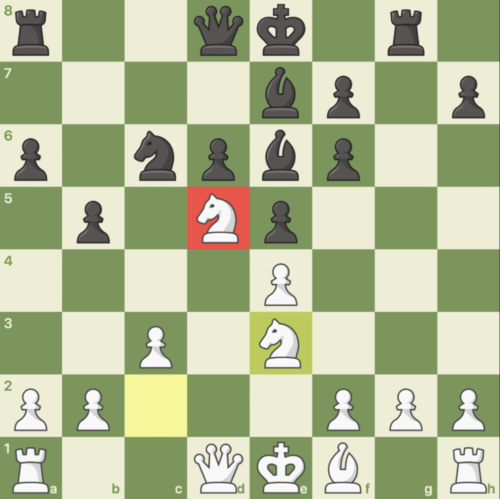
Don’t Let Your Backward Pawn Break You!
If you find yourself with a backward pawn, don’t lose your mind over it. While it’s not a good idea to create one for no reason, you also can’t let it break you. Manage the game around it, and if you have to get rid of it through an exchange do it. It can be like having a chink in your armor that your opponent keeps aims for.
Time management is a critical factor that gets overlooked. If you’re constantly fending off these attacks on your backward pawn then you’re losing precious minutes on your clock. That’s time that could otherwise be spent coming up with a more aggressive strategy or responding to developments elsewhere on the board.
Don’t let a backward pawn become a fixation. Keep your focus on the broader game. Don’t miss opportunities to build a strong position because you’re too preoccupied with patching that one weak spot. Chess is a game of balance, don’t forget that.
Final Thoughts
Backward pawns can be a challenge, but also a great opportunity to learn and adapt. Learn how to spot them, avoid creating them, and maintain your focus on the balance of the game. Keep playing and keep learning!
What do you think? Have you had a difficult time with backwards pawns in the past? Let me know in the comments section below! I’d love to hear your perspective and I always reply!
Like This Article? Pin It!
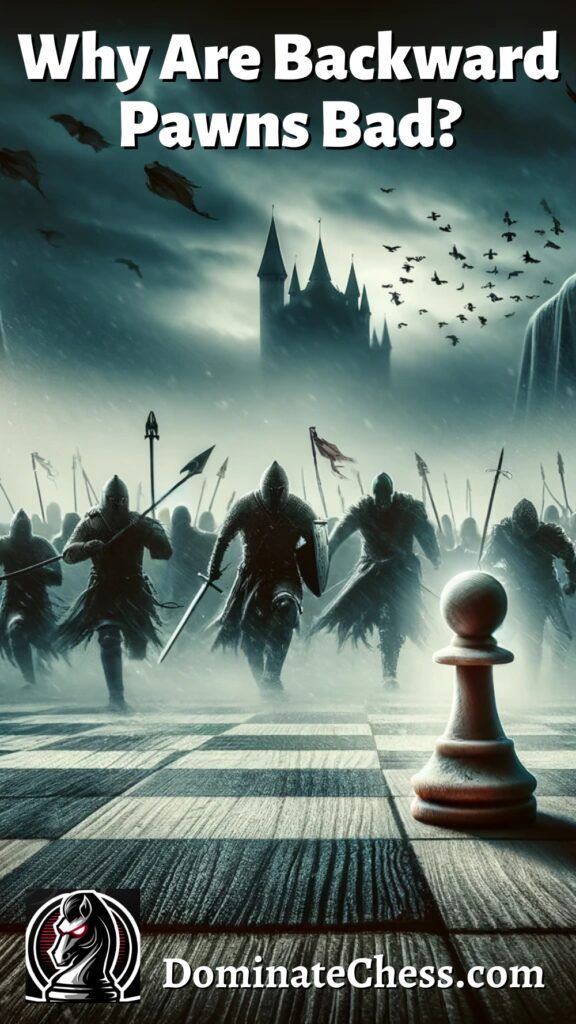
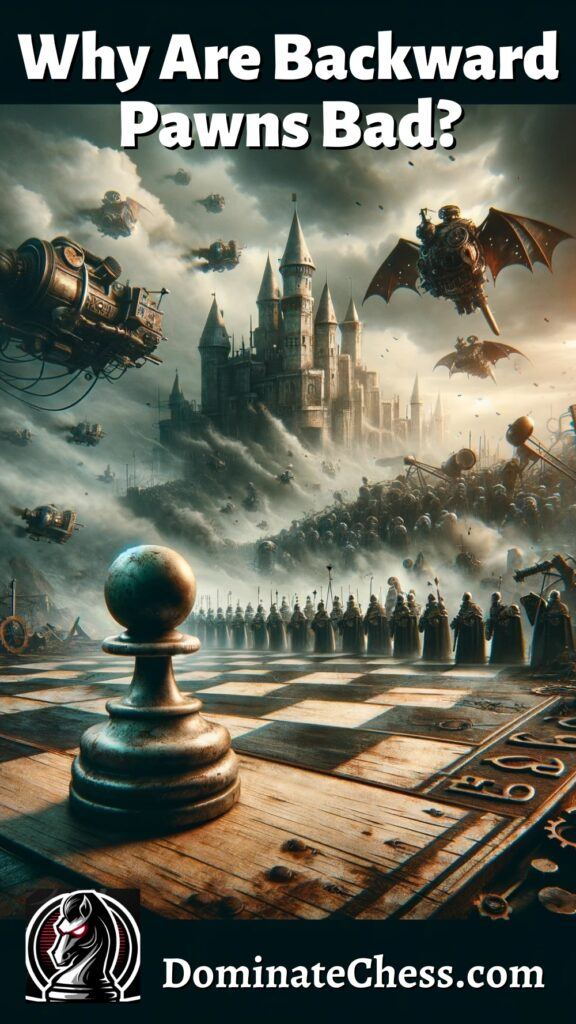

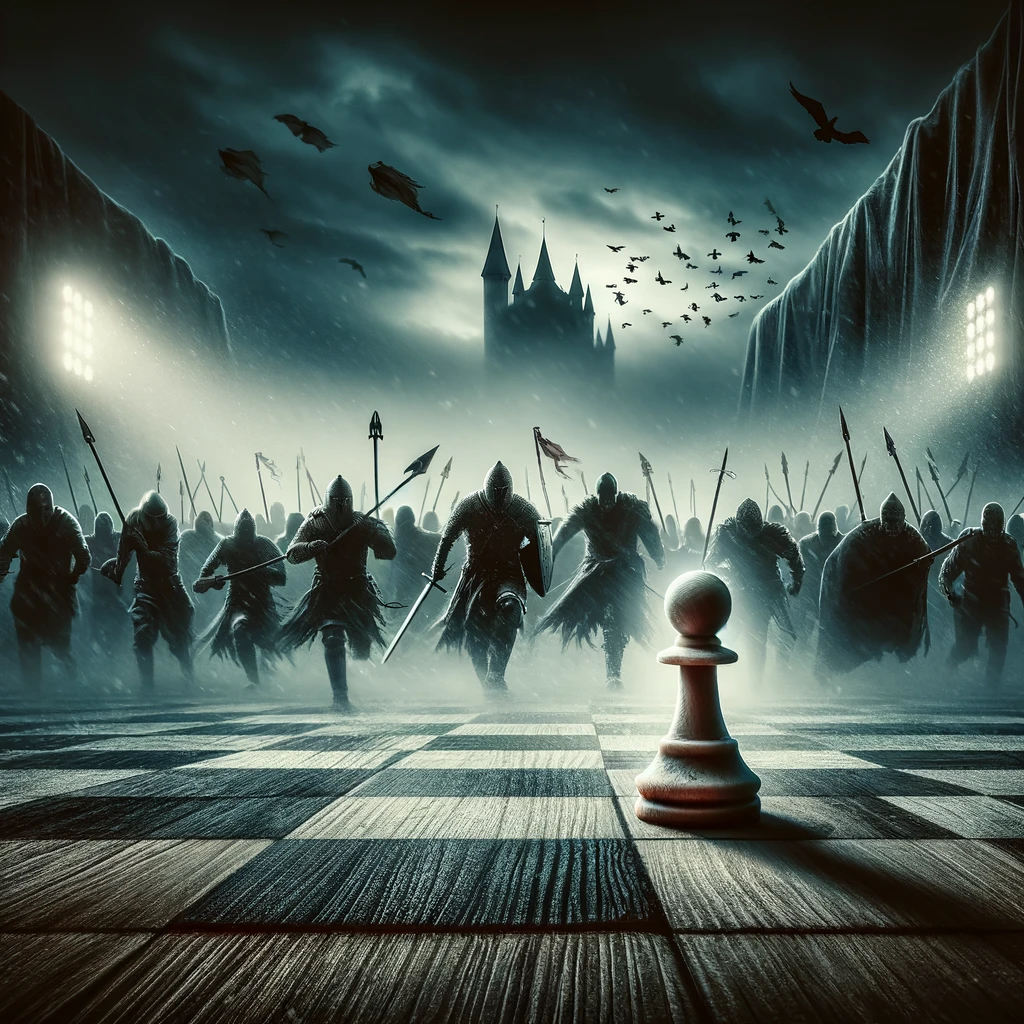
I really enjoyed watching the video in the post that explained clearly the concept of Backward pawns or Left-behind pawns. I was particularly intrigued by the principle of forced moves demonstrated in the last game that was shown from the beginning. The truth is that I have often been a victim of forced moves especially when I play against more experienced players. With such players, it always seems like they are dictating the game and you can only choose the best from the options they provide. After reading this post, I have decided to be a more attacking player and will be focused on learning to do this without exposing my pieces. My opponent should only be able to pick pieces that I offer. Thank you for this fascinating post.
Glad you enjoyed this! Thanks for the comment!
What is a good strategy with pawns in general?
Is there some wise advice to avoid having a backward pawn?
Is there a strategy maybe to avoid having a backward pawn?
Do experienced players afford themselves a backward pawn?
How do really really good chess players deal with a backward pawn?
Backwards pawns can sometimes be forced by an opponent. If you see this coming, you can avoid it, but once it happens, don’t let it break you. Stick to the strategies in this article and you’ll be good. 👍🏼